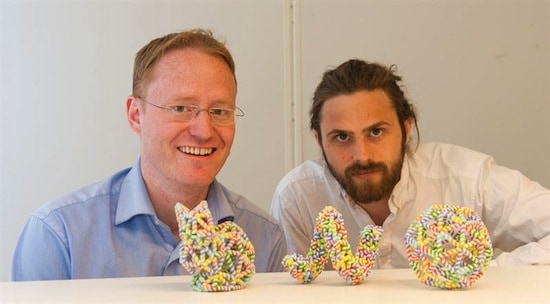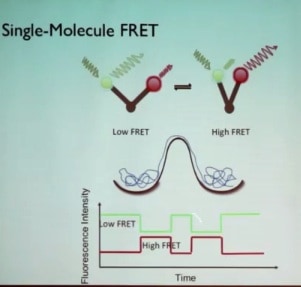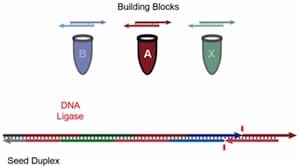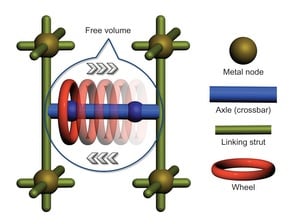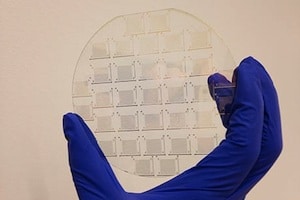Functional ribosomes with subunits engineered to not separate at the completion of each protein translation cycle make possible engineering systems to make a variety of novel polymers with novel properties.
Ribosome subunits tethered to make versatile artificial molecular machine

